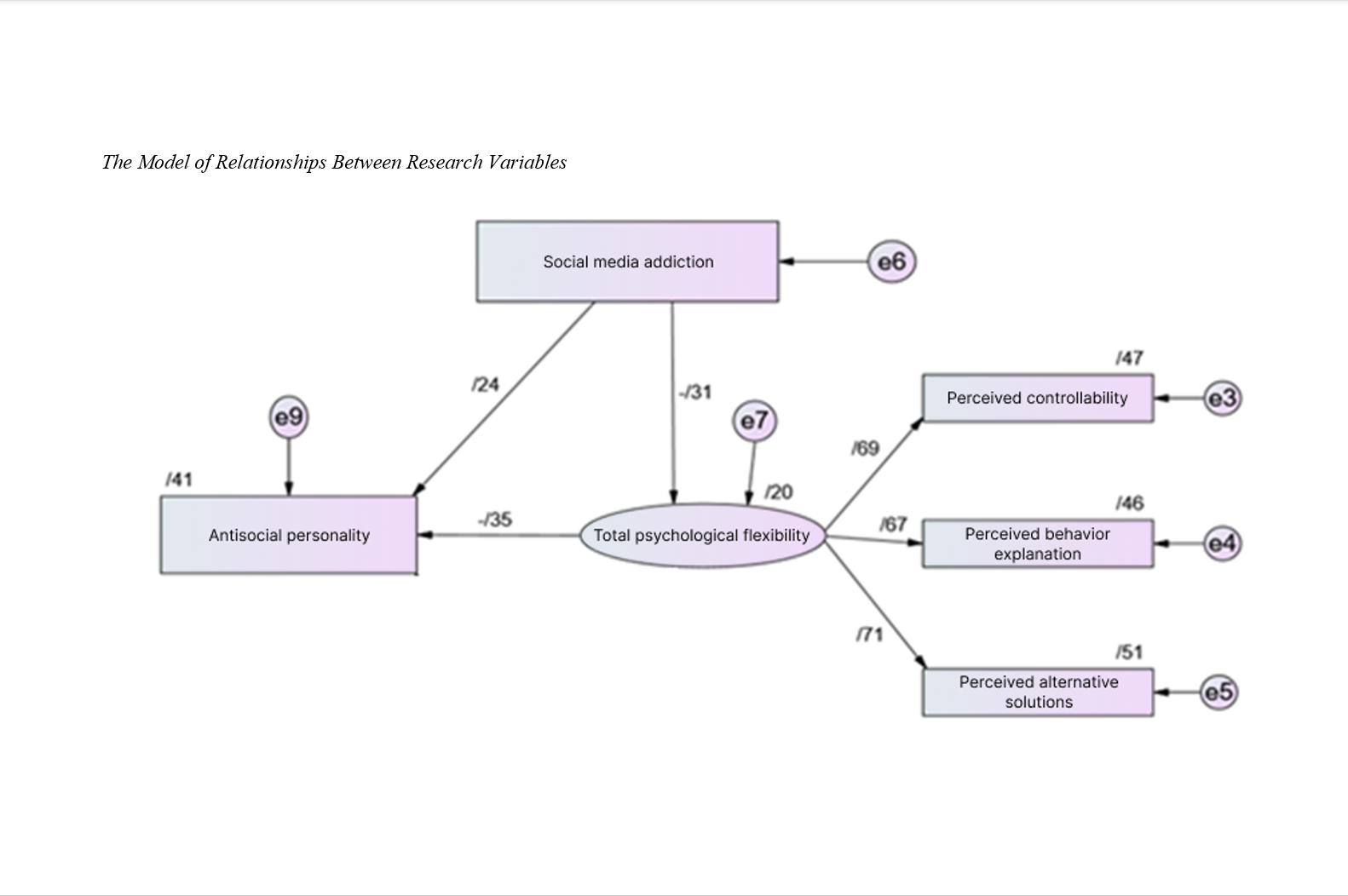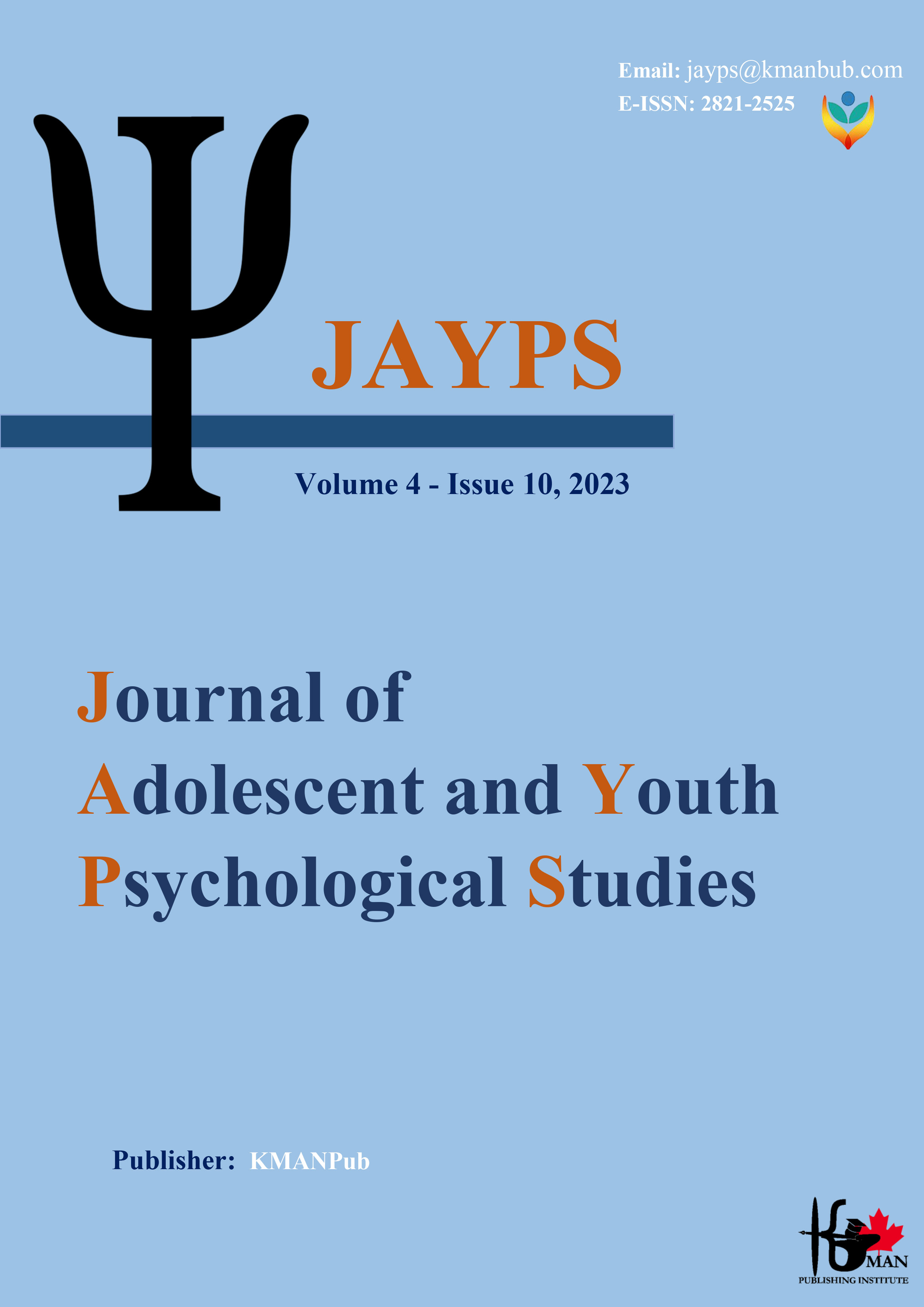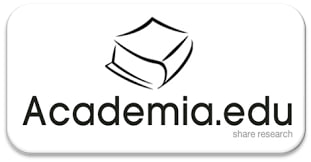Developing a Predictive Model of Antisocial Personality Traits Based on Social Media Addiction Considering the Mediating Role of Psychological Flexibility Among Students
Keywords:
Antisocial Personality Traits, Social Media Addiction, Psychological FlexibilityAbstract
Objective: The aim of the present study was to develop a predictive model of antisocial personality traits based on social media addiction, considering the mediating role of psychological flexibility among students in Shahrekord.
Methods and Materials: The research method was correlational, using structural equation modeling, and the study was applied in terms of its objective. The statistical population included students from Shahrekord Islamic Azad University (7,787), Shahrekord University of Medical Sciences (2,385), and Shahrekord Public University (8,200), amounting to a total of 18,372 individuals. A sample size of 384 participants was determined based on the research objectives, variables, and Cochran's formula, using a multi-stage cluster sampling method. The research instruments included the Antisocial Behavior Questionnaire by Robinson and O’Leary-Kelly (1998), the Social Media Usage Questionnaire by Rasoolabadi (2015), and the Psychological Flexibility Questionnaire by Dennis and Vander Wal (2010). To test the research model, the two-step approach proposed by Anderson and Gerbing (1988) was employed, and the study's model was developed accordingly. All analyses were performed using AMOS 24 for structural equation modeling. Descriptive statistics (mean, standard deviation, and frequency) and inferential statistics (correlation matrix, regression, and fit indices) were utilized.
Findings: The findings indicated that model validation was assessed using goodness-of-fit indices. Results from the fit indices demonstrated that the measured model exhibited an acceptable level of fit.
Conclusion: It can be concluded that the predictive model of antisocial personality traits based on social media addiction, considering the mediating role of psychological flexibility among students in Shahrekord, has a satisfactory fit.
Downloads

Downloads
Additional Files
Published
Submitted
Revised
Accepted
Issue
Section
License
Copyright (c) 2025 Zahra Khodaverdian Dehkordi (Author); Armin Mahmoodi (Corresponding Author); Mohammad Ghasemi Pirbalouti (Author)

This work is licensed under a Creative Commons Attribution-NonCommercial 4.0 International License.








